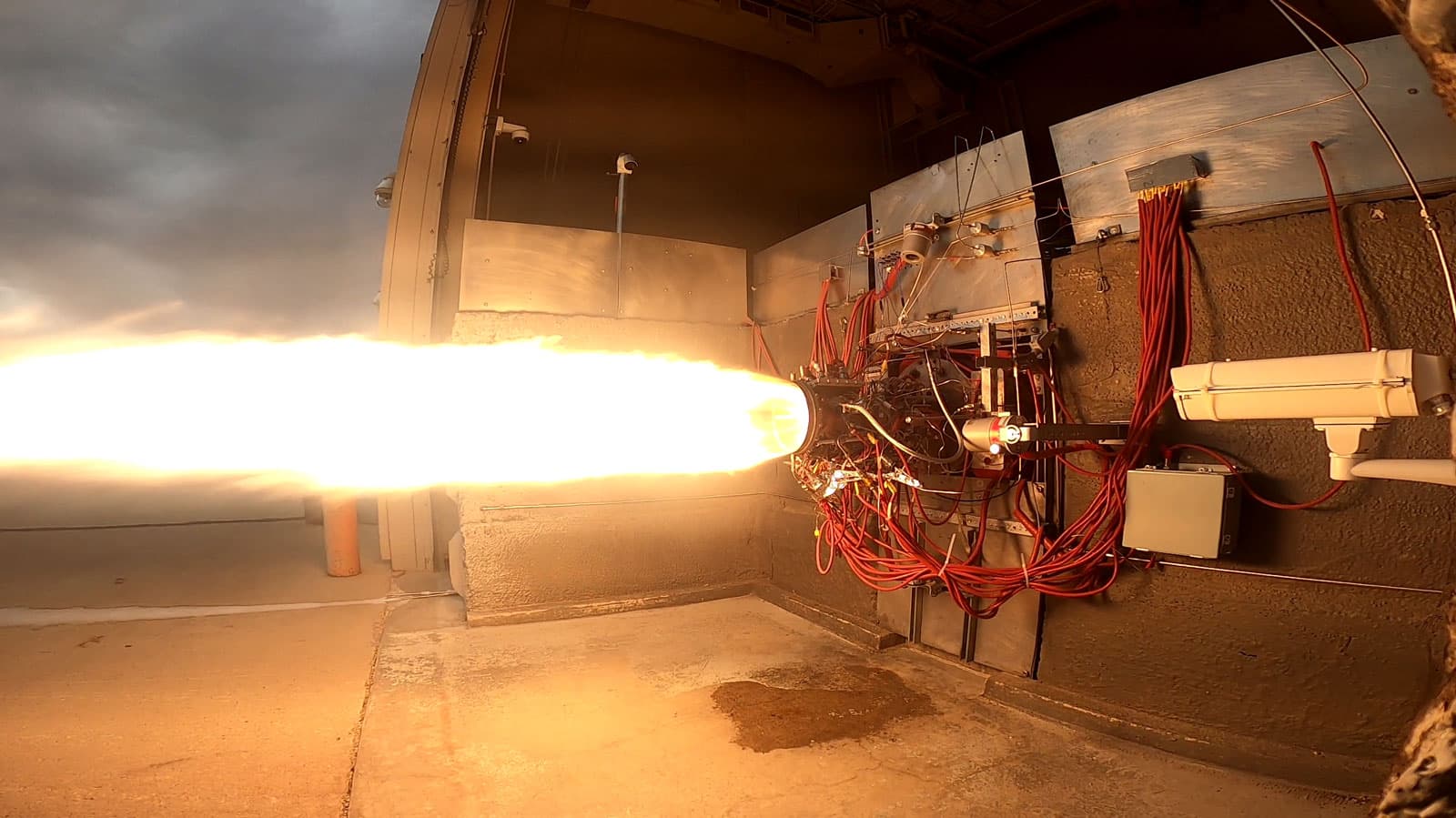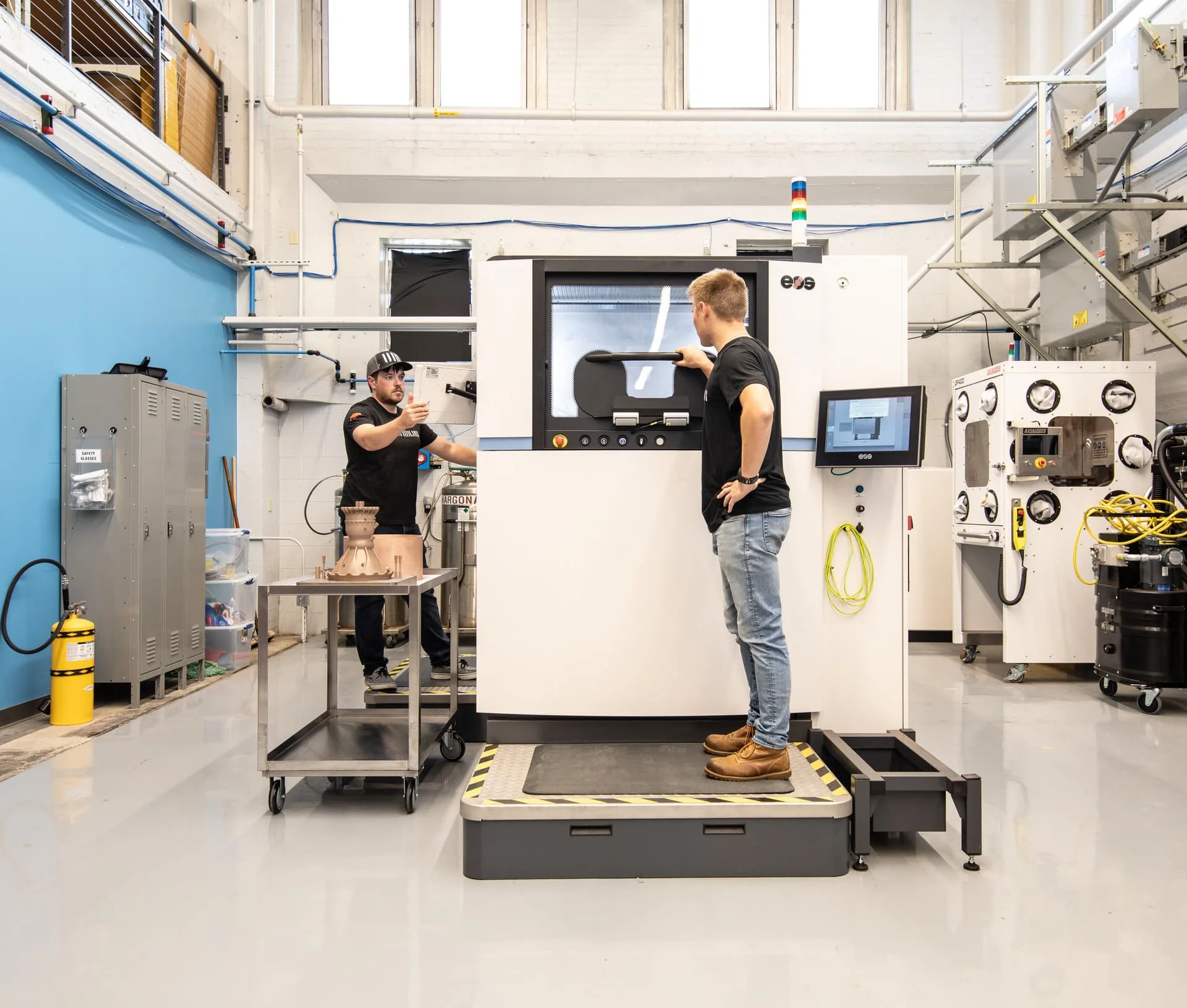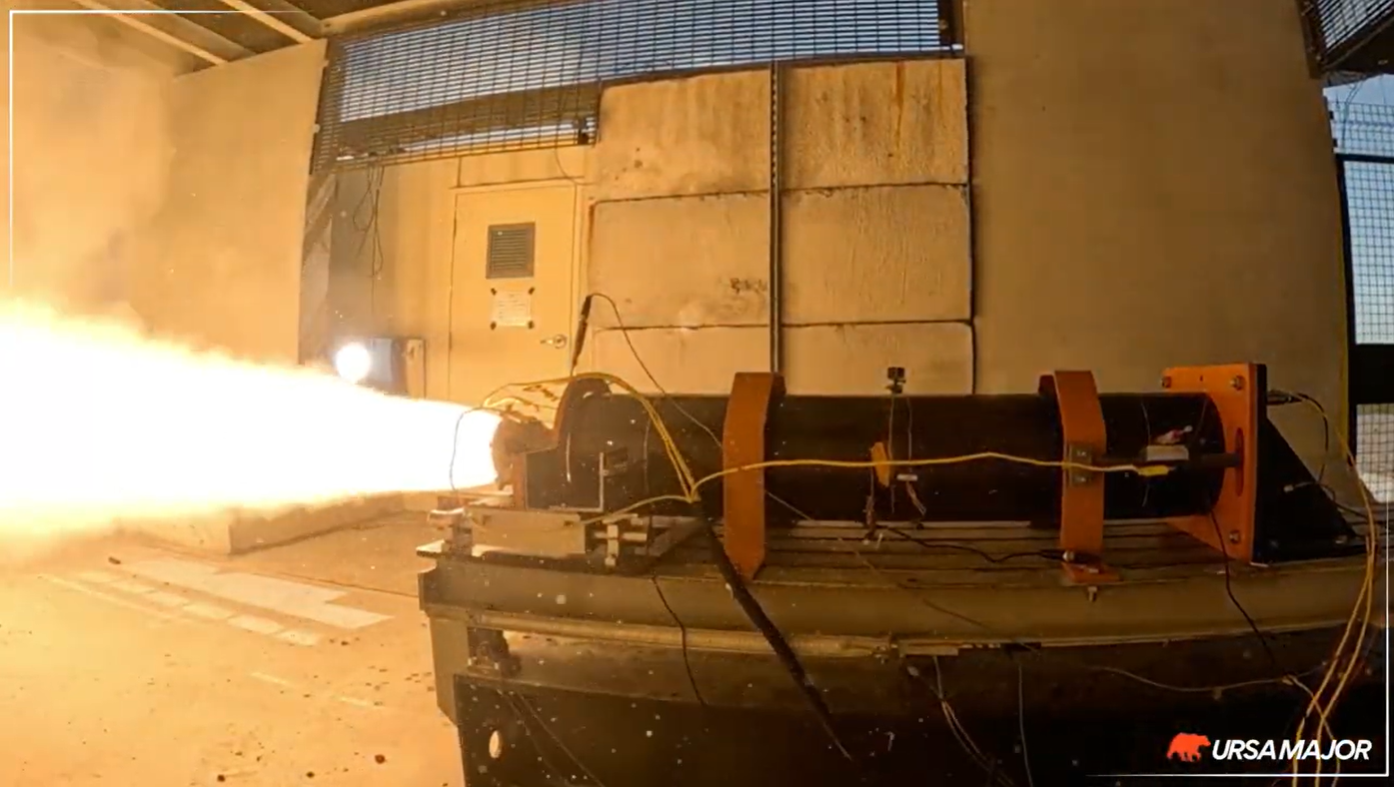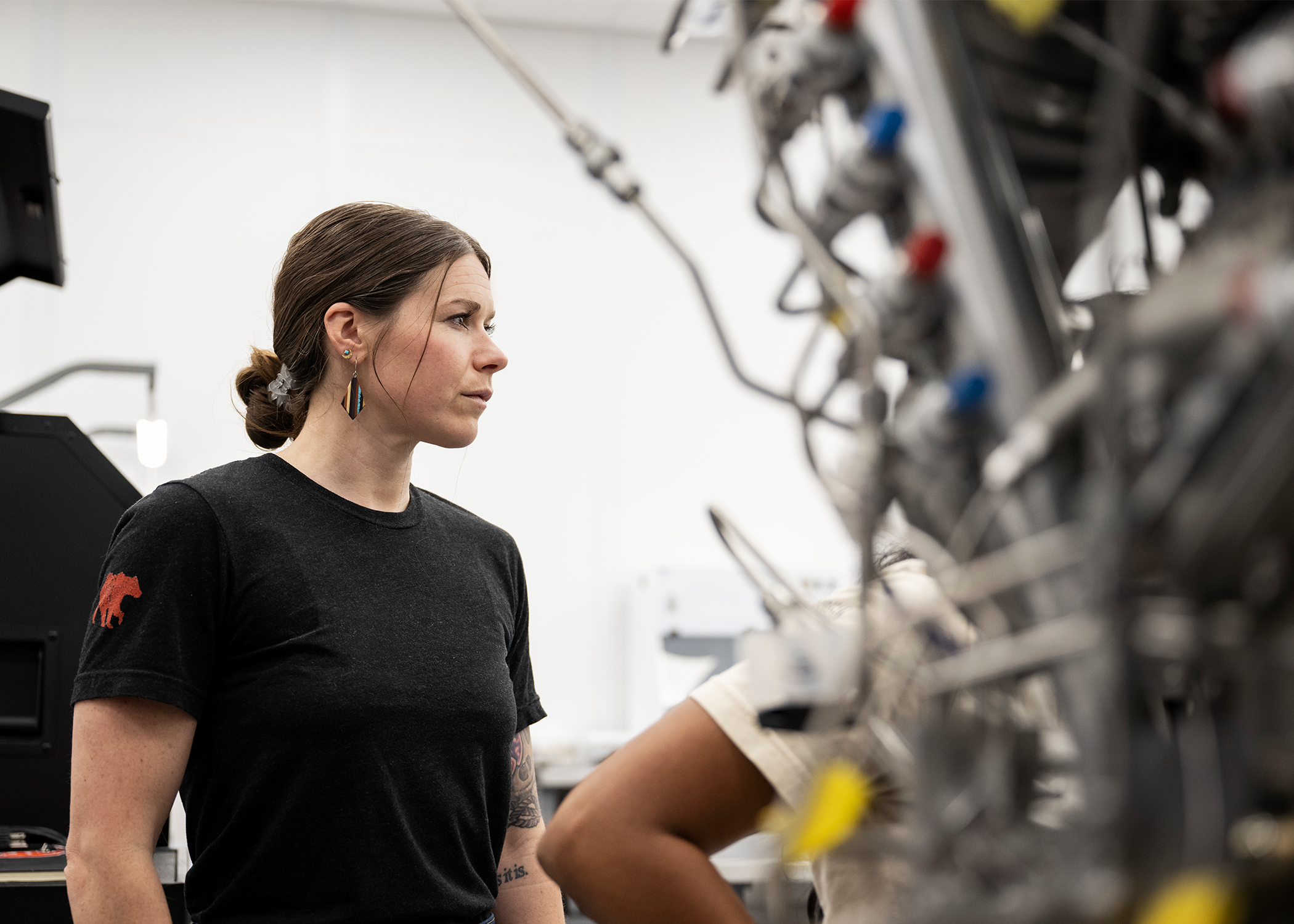
From Pennies to Propulsion: The Use of Copper in Aerospace

Copper is ubiquitous—from U.S. currency to the wiring that runs through our electronics to the iconic Lady Liberty. But the importance of copper doesn’t end here on Earth; it’s also a pivotal part of constructing the engines that help propel us to space.
History of Copper
Humans started using copper thousands of years ago when early civilizations transitioned from brittle stone tools to more durable copper and bronze devices. The discovery of this highly malleable metal marked an inflection point in human history, leading to the creation of more complex tools, weapons, jewelry, and art.
Humans later discovered copper to be a great conductor of heat and electricity. Cookware has long utilized copper’s unique proprieties because the metal evenly distributes heat. In the industrial age, coppersmiths and engineers took advantage of copper’s heat-transferring ability for steam engines and boilers, which allowed these devices to produce high-temperate steam without warping the metal.
Copper in the Aerospace Industry
Copper’s unique thermal-conducting abilities have made it a mainstay in the aerospace industry. NASA scientists were attracted to copper’s conductive properties to aid with heat dispersion in combustion chambers for rocket engines. Similar to chefs using copper-bottomed pans because of their ability to evenly disperse heat, NASA scientists needed a way for engines to disperse heat; however, leveraging this capability for combustion chambers while also preventing the material from melting at extreme temperatures proved to be a challenging feat. The answer to this challenge came in the form of copper alloys. By combining copper with other elements, scientists and engineers can increase copper’s durability while maintaining its original thermal-conducting properties, creating a suitable material for high-temperature applications in aerospace.
The development of GRCop-42, a copper/chromium/niobium alloy developed by NASA for high-strength dispersion and high conductivity in harsh environments, is particularly significant for the aerospace industry. The use of chromium and niobium in the alloy allow it to retain strength at higher temperatures, and the advent of 3D printing made manufacturing end products easier compared to other powder metallurgy processes. Velo3D developed and implemented processes that maintain high density in the final product, revolutionizing the use of GRCop-42 for 3D printing. These features, with GRCop-42’s exceptional creep resistance and low cycle fatigue life, make it a preferred material for rocket engine components like fuel injector faces and combustion chamber linings.
Additive Manufacturing and Copper
So why is additive manufacturing, also known as 3D printing, so crucial to the use of copper in the aerospace industry? It has to do with the fundamental design of combustion chambers. To prevent copper from overheating in a combustion chamber, NASA engineers designed chambers with small channels through which they could pump a coolant. Building these channels using traditional metalworking machines takes time and money, plus it results in different levels of quality among each piece. 3D printing allows for consistency and scalability of this process and can propel production to the next level.
By providing a more cost-effective, reliable, and less time-consuming alternative to traditional metalworking machines, the adoption of 3D printing is vital to meeting the needs of the growing aerospace industry. Ursa Major uses 3D printing to accelerate engine production by applying improvements gleaned from testing in real-time, speeding up the iteration process and resulting in lower costs to the consumer.

Based in Youngstown, Ohio, the Ursa Major Advanced Manufacturing Lab houses our additive manufacturing capabilities for GrCop-42. The facility produces prototype thrust chambers for the vacuum variant of our Hadley liquid rocket engine, qualified this year, making it the first rocket engine to be fully qualified and flight-ready for launch vehicles, in-space use, and hypersonic missions. 2023 also marks our continued partnership with America Makes to continue 3D printing engine components. With an extended contract, our facility will transition from printing prototypes to printing production and engine qualification hardware, including combustion chambers. Additive manufacturing of copper is critical to the future of the aerospace industry, and we are excited to be at the forefront of that work.




